Newsletter: As climate crisis worsens, this California city wants to build a gas plant
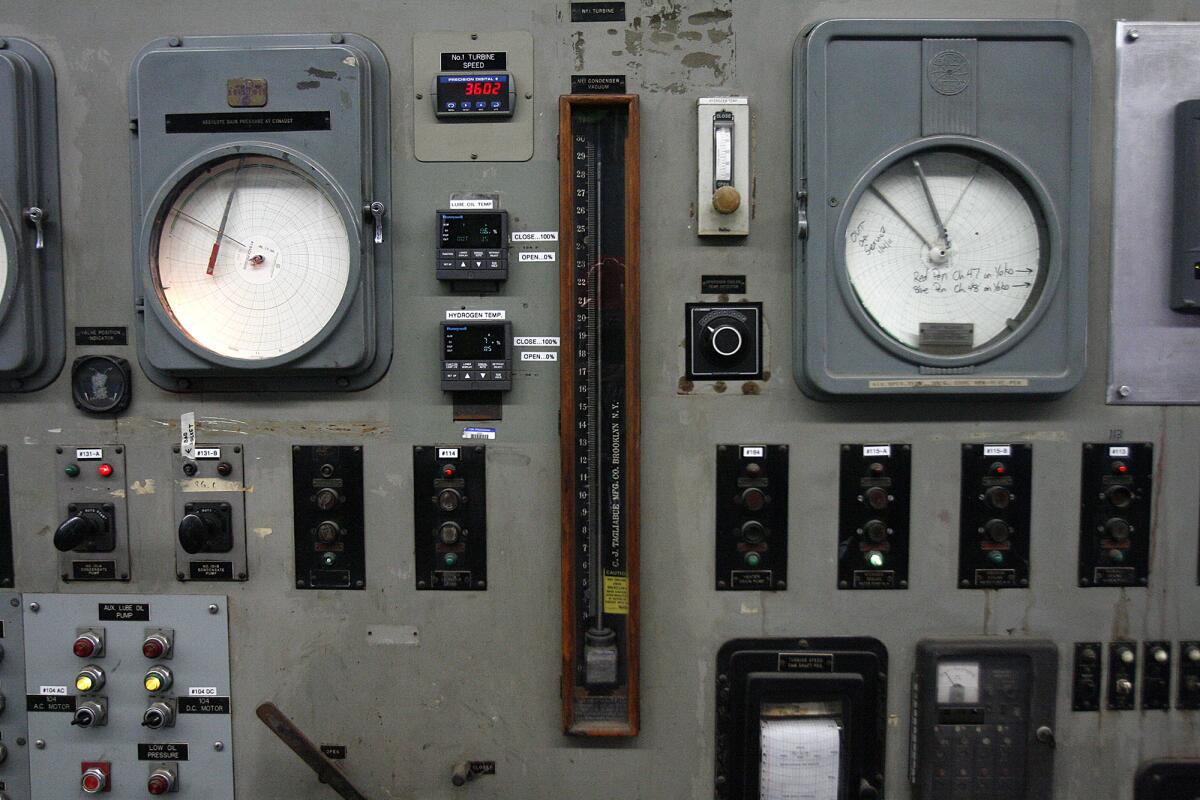
This is the Jan. 27, 2022, edition of Boiling Point, a weekly newsletter about climate change and the environment in California and the American West. Sign up here to get it in your inbox.
Glendale was founded in 1906, has a population just under 200,000 and shares a border with Los Angeles at Griffith Park. It’s home to Walt Disney Imagineering (for now) and has excellent hiking trails in the Verdugo Mountains and San Gabriel foothills.
Also, it’s quite possibly the last city or utility company that will build a fossil-fueled power plant in California.
Climate activists thought they had won in 2019 when the Glendale City Council postponed a final decision on investing in natural-gas-fired generators to help replace the city’s aging gas plant. Surely by the time replacement power was needed, activists reasoned, the city would have enough low-cost clean energy options that new planet-warming gas engines wouldn’t be needed.
Not so, according to Glendale Water & Power.
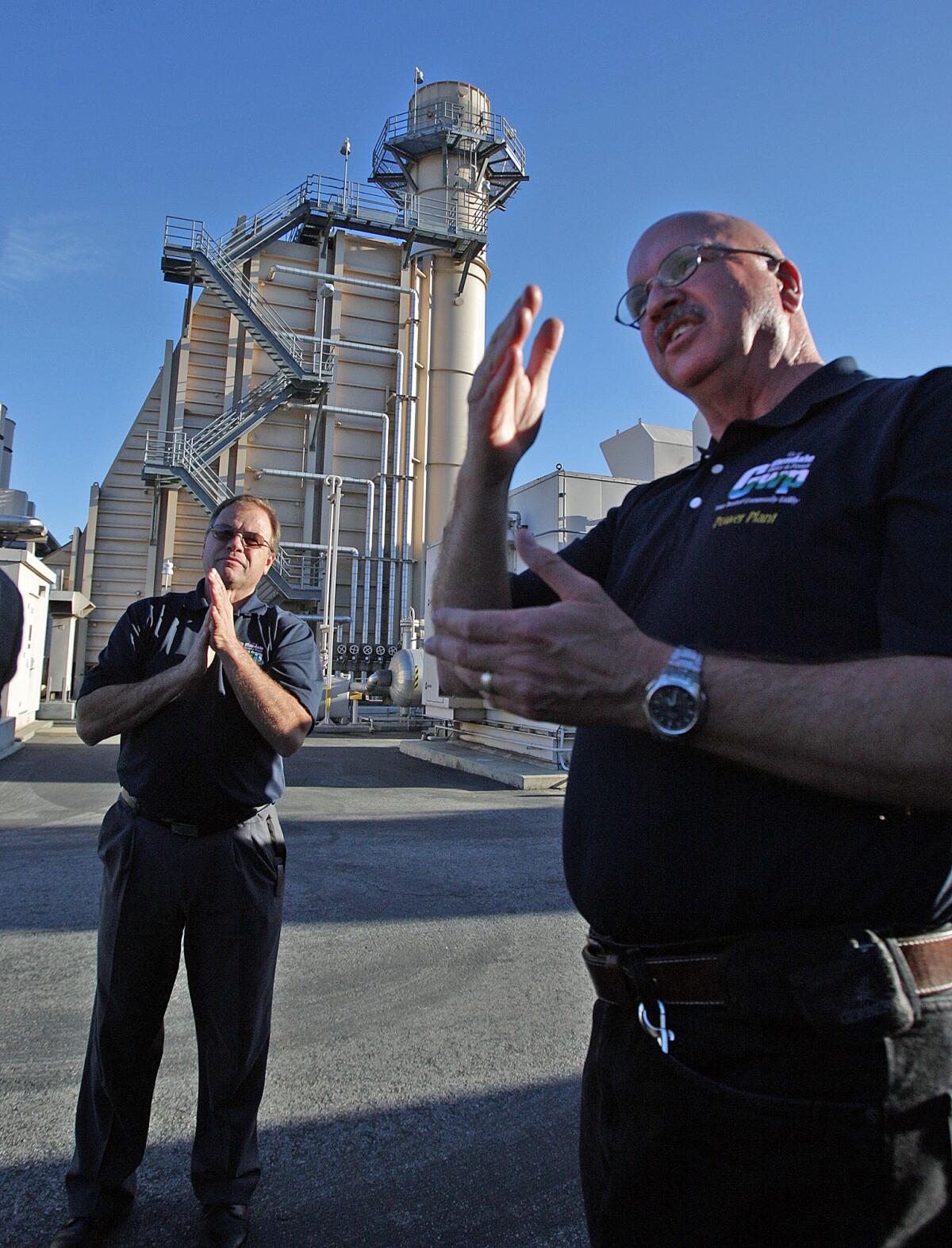
The city-run utility released a final environmental impact report last week that settles on two preferred outcomes, both of which involve continuing to burn gas at Grayson Power Plant. In one scenario, Glendale would spend $260 million on five new gas engines, relatively less polluting than the ones in place now. In the other, the city would refurbish several existing gas turbines to comply with air-pollution rules, at a cost of $201 million. The City Council is expected to vote on those possibilities on Feb. 8.
Byron Chan, an attorney with the nonprofit law firm Earthjustice, remembers seeing hundreds of protesters outside Glendale City Hall in 2019 demanding the utility ditch natural gas. He said it feels like déjà vu to be fighting this battle again in 2022.
“There was this belief that Glendale Water & Power would go back and look at clean energy options. We’ve seen hardly any momentum in that direction,” Chan said. “We fully believe that Glendale does not need any more gas.”
Officials at Glendale Water & Power disagree.
They say the gas units will serve as a crucial backup power supply that can keep the city’s lights on — and air conditioners blowing — when transmission lines are shut down to prevent wildfire ignitions, or when a wildfire actually takes down a transmission line. The gas units will also fire up on hot summer evenings when the sun goes down and solar energy production drops off a cliff.
Utilities across the country are making similar arguments about the need for gas — and although they may not not always be right, it’s important to take them seriously. Despite a growing body of research showing 100% clean energy should be possible before too long, nobody has actually done it yet. Many utilities are understandably terrified of being forced to give up gas.
“For reliability, we don’t see another way to do it,” said Mark Young, general manager of Glendale Water & Power.
Still, California law requires 100% clean energy by 2045. And utility companies are starting to figure out how it will work.
Pacific Gas & Electric announced this week it would buy 1,600 megawatts of lithium-ion battery storage, in response to an order from state officials. Southern California Edison is making similar investments. A group of Bay Area energy agencies just announced a deal for lithium-ion batteries capable of providing power for up to eight hours, double the technology’s traditional capability.
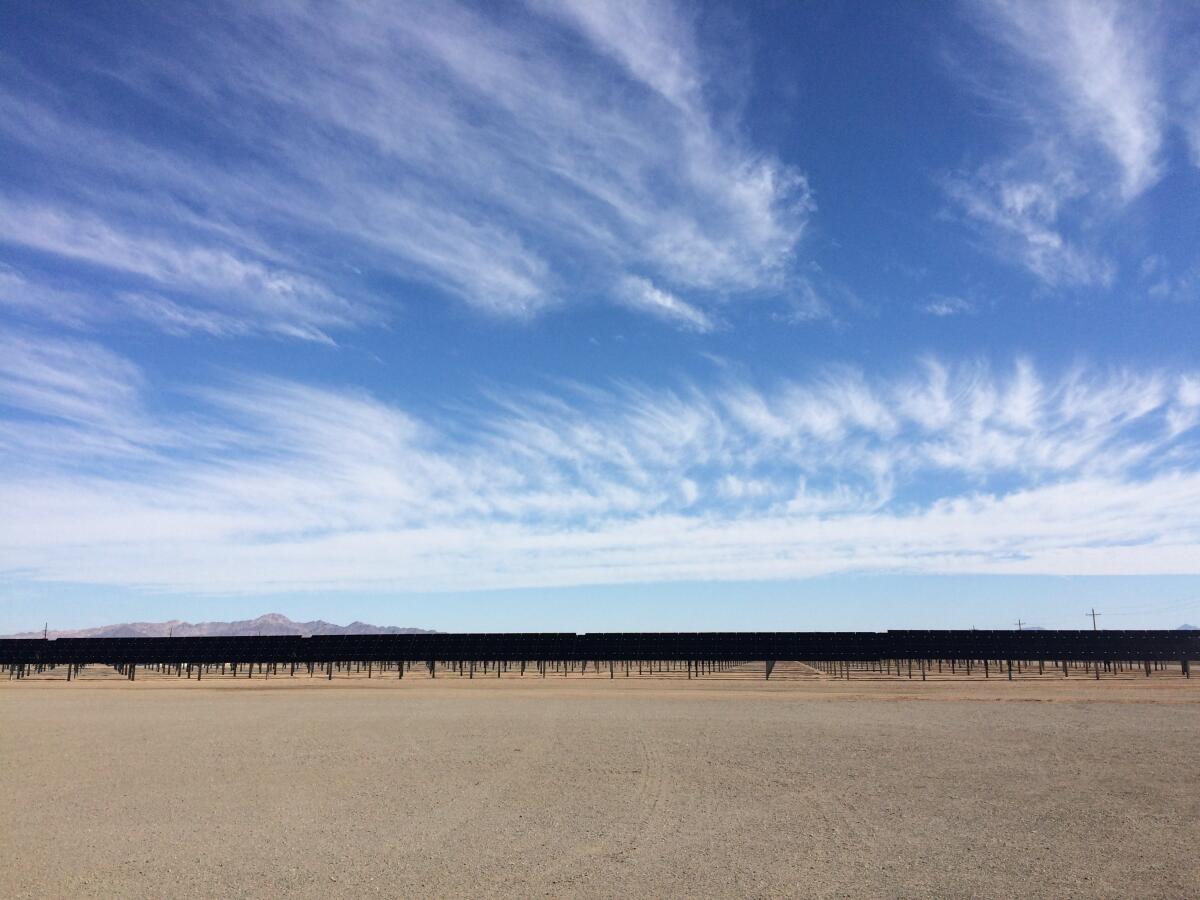
When I spoke earlier this month with Elliot Mainzer, president of the California Independent System Operator, he told me 2,595 megawatts of battery storage are now connected to the state’s main electric grid — up from 250 megawatts two years ago.
By this summer, Mainzer hopes the total will be a staggering 4,500 megawatts of batteries.
“They’re so fast and so flexible — they almost instantaneously can take energy off the system or add it back,” he said.
Glendale isn’t just investing in gas: Officials plan to install a 75-megawatt, 300-megawatt-hour battery system at Grayson Power Plant, which is pretty darn big for a city of 200,000. They’re negotiating a contract with rooftop solar company Sunrun for a 28-megawatt “virtual power plant,” which would involve installing solar panels and batteries at thousands of homes and using those resources to serve the city as a whole. They’ll also buy climate-friendly power from a solar-plus-storage facility in Kern County.
But Glendale officials say they’ve pushed those clean energy options as far as they can go — in part because there’s limited space on regional power lines to import electricity from outside the L.A. Basin. They say having a reliable power source close to home will be especially important as more Californians buy electric cars and replace their gas furnaces with electric heat pumps.
“This whole portfolio is very progressive. And I don’t think we’re getting the credit for that,” Young told me.
Climate activists aren’t impressed. They say the city is wildly overstating its backup power needs and refusing to take full stock of its clean energy options. They also say the money Glendale plans to invest in gas might be better spent on new power lines.
“It’s a bridge they’re building that’s leading to nowhere,” said Chan, who represents the Sierra Club.
Although Glendale might build California’s last in-state gas plant, it isn’t the last California power provider investing in the fuel: The Los Angeles Department of Water and Power plans to demolish its coal-fired Intermountain Power Plant outside Delta, Utah, and build a gas plant in its place. L.A. is making extensive plans to transition from fossil gas to renewable hydrogen at Intermountain as soon as the technology is ready, and Young says there’s a good chance Glendale will pursue a similar path at Grayson.
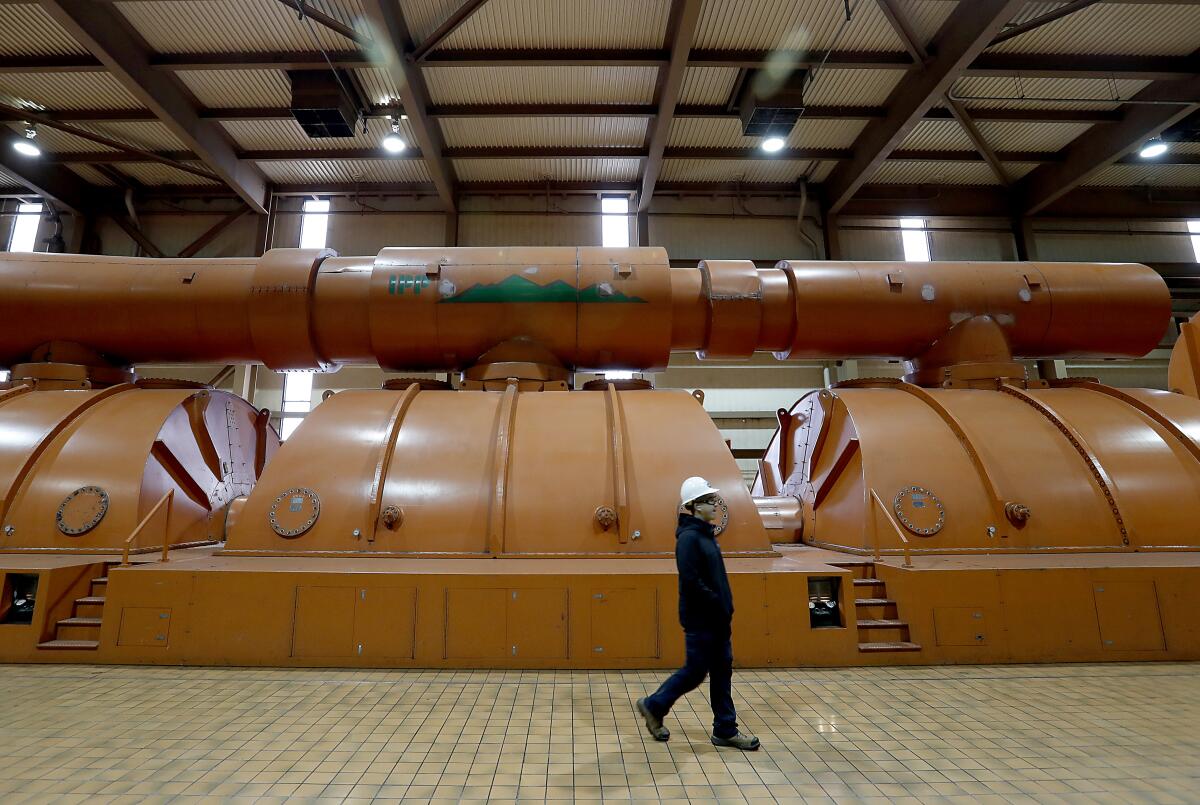
Now let’s zoom out for a minute and look at another high-stakes fight that could reshape California’s power grid.
I’ve been writing recently about the role of rooftop solar in meeting the state’s energy needs, and a proposal from the California Public Utilities Commission that would slash solar incentives. As you may recall, utility companies, ratepayer watchdogs and even some environmentalists have argued the “net metering” incentive program benefits the rich at the expense of the poor.
The fight has only intensified since Gov. Gavin Newsom called for changes to the commission’s proposal to overhaul net metering. U.S. Sen. Dianne Feinstein came out against the plan this week, and both sides of the debate are now airing television ads.
I was especially struck by a mailer sent out by the California State Assn. of Electrical Workers, which represents utility employees who want to see solar incentives reduced. The mailer claims state policies are “making billionaires & big business rich,” which is a real stretch — nobody is getting rich off rooftop solar, and the vast majority of net metering beneficiaries are not billionaires. The mailer also quotes an unrelated news story to falsely imply those billionaires may be engaged in “Enron-style ‘manipulation.’”
Although nobody knows what the Public Utilities Commission will decide, some advocates are already plotting their next moves.
The Solar Rights Alliance filed a state ballot initiative this month that, if approved by voters, would lock in favorable financial terms for rooftop solar and set aside $3 billion for battery incentives. State Assemblymember Wendy Carrillo, meanwhile, moved to revive a failed bill that would have gutted net metering, although she later said she had no plans to bring back that proposal and might use the bill for another purpose. The original legislation was sponsored by labor unions representing utility employees.
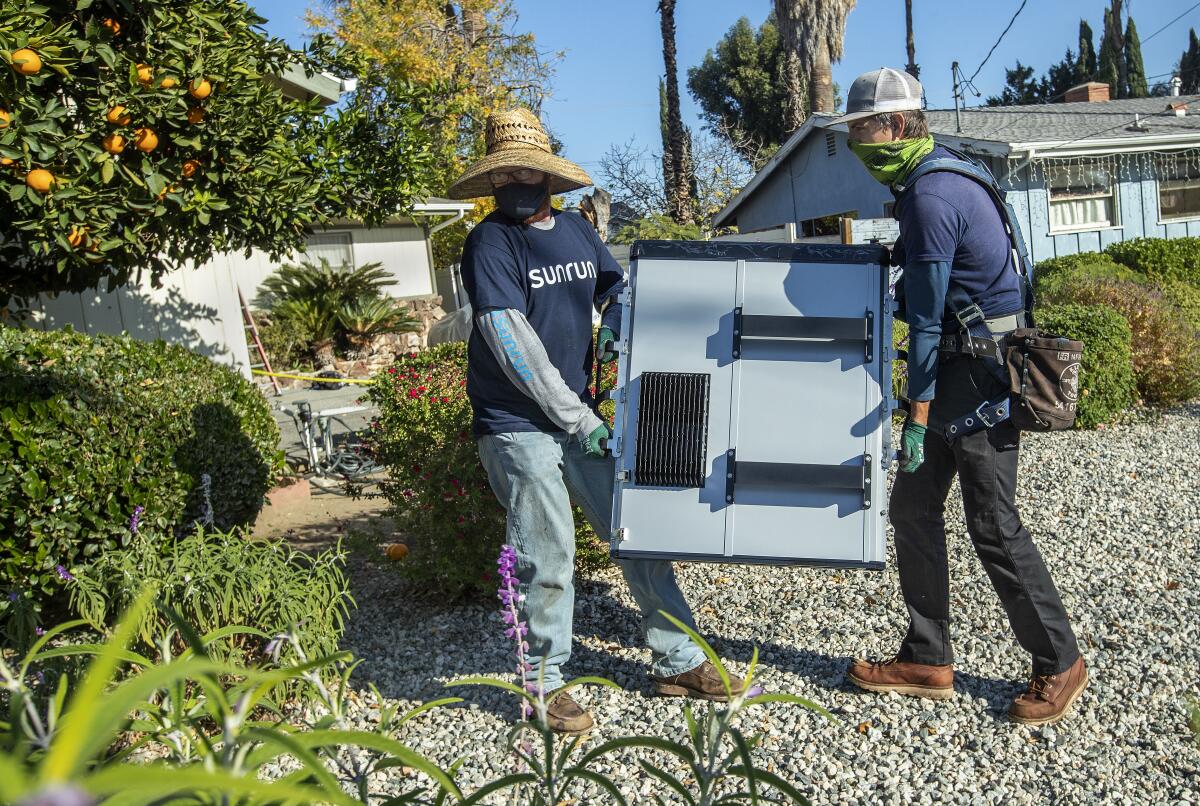
Why am I telling you all this in an article about Glendale? Because the city’s deliberations are part of a larger debate over how California ought to go about eliminating fossil fuels. Should the power grid of the future be dominated by big solar farms and long-distance transmission lines? Or should “distributed” resources like rooftop solar panels and home batteries rule the day?
The utilities commission’s proposal would decimate the rooftop solar market, with installations falling from a projected 1,308 megawatts to 716 megawatts in 2024, according to a new analysis from research firm Wood Mackenzie. The full picture is actually even worse for the solar industry because WoodMac’s earlier projection had already assumed less-dramatic cuts to net metering.
Glendale’s virtual power plant — with thousands of solar panels installed at homes across the city — wouldn’t be affected by the commission’s proposal, because the agency only regulates investor-owned power companies such as PG&E and Edison.
But the big questions facing Glendale and the rest of the state are basically the same: What’s the best way to confront the climate crisis while keeping the lights on? And do we need to keep investing in gas, at least for a little longer, to make it all work?
In the grand scheme of things, the amount of gas capacity Glendale is considering — about 100 megawatts — won’t be the difference between a habitable planet and a future of devastating wildfires, floods, droughts and heat waves. But the same is true of just about any energy decision. They’re all too small to matter. They all add up to something larger.
I’ll keep you updated on the city’s decision.
Until then, here’s what’s happening around the West:
TOP STORIES
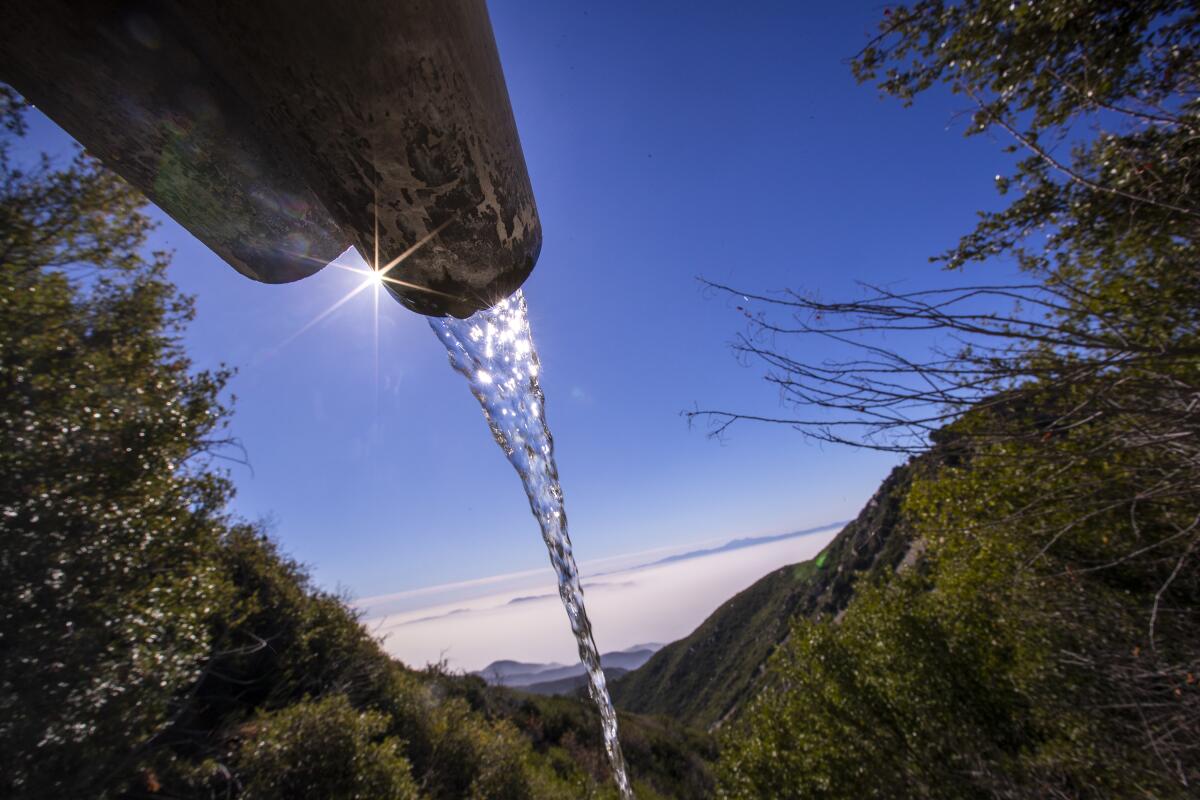
A bottled water company is profiting from public resources during a drought, and it may not even have valid rights for most of what it’s taking. My colleague Ian James broke the story back in 2015 on the questionable source of Arrowhead bottled water in San Bernardino National Forest, and now he’s got a new investigation scrutinizing the company behind the brand, which is fighting efforts to limit its operations. This is happening against a backdrop of continued water scarcity. The Times’ Hayley Smith reports that California will deliver 15% of promised allocations to State Water Project customers, up from a previous prediction of 0% allocations — but with a dry January quickly diminishing snowpack from December storms, drought is still the watchword. For more on drought, listen to this recent episode of our daily news podcast, The Times, featuring our resident “masters of disaster.”
Is anyone surprised to see California burning in January? I mean, historically speaking it’s extraordinary, but we live in an era of unprecedented climate change. Our wildfire reporter, Alex Wigglesworth, wrote about the Big Sur and Sonoma County blazes, one of which was caused by embers from trees and vegetation that were being burned after a thinning operation meant to reduce fire risk. The blazes broke out just after Vice President Kamala Harris visited Southern California to highlight billions of dollars in federal funding to reduce wildfire risk and help communities recover, as Alex Wigglesworth and Melanie Mason reported.
The recent volcano-triggered tsunami caused millions of dollars in damage along the California coast— and such events are likely to get worse with sea level rise. Here’s the story from my colleague Jonah Valdez. This isn’t just a California problem: As climate-influenced floods, fires and other disasters get worse across the country, many Americans are discovering that private insurance and government relief don’t cover nearly all the damages, Janet Wilson and Kyle Bagenstose report for the Desert Sun.
POLITICAL CLIMATE
The federal government has begun to dole out $15 billion from the recently approved infrastructure bill to remove lead pipes, which can pollute water and lead to serious health problems. Details here from my colleague Erin B. Logan. The bill also included $4.7 billion for cleaning up abandoned oil and gas wells — which is a big deal, but probably not nearly enough to cover all abandoned wells across the country, Nick Bowlin writes for High Country News. Meanwhile, Republicans who voted against the bill are nonetheless bragging to voters about money being spent in their districts, Erin B. Logan and Anumita Kaur report.
President Biden says it’s time to break up his Build Back Better bill into chunks that can pass on their own — including the $555 billion for climate and clean energy. Here’s the story from The Times’ Eli Stokols and Noah Bierman. Are there sufficient votes for climate, though? The New York Times asked every Senate Republican if they’d support those provisions, and not a single one said yes — meaning passage might once again hinge on Democratic Sen. Joe Manchin III, who built his fortune on coal.
Gov. Gavin Newsom and Democratic lawmakers still can’t agree on how to spend $4.2 billion in high-speed rail funds approved by voters in 2008. Newsom’s budget proposal includes a big chunk of change for a bullet train through the Central Valley, as I wrote earlier this month. The problem is, Los Angeles-area lawmakers want more of a focus on transit investments in Southern California, per our Sacramento bureau chief, John Myers. The stalemate shows no signs of ending. In another obstacle for high-speed rail, Burbank says the bullet train’s proposed route would disrupt the city’s water supply by forcing it to relocate two wells that draw from an underground aquifer and buy pricey replacement water in the interim, Ralph Vartabedian reports.
WATER IN THE WEST

Hundreds of northern fulmars — a subarctic migrating bird — washed up dead along the California coast in 2020 and 2021. The cause isn’t clear, but climate change is devastating the bird’s northern breeding waters, The Times’ Susanne Rust and Carolyn Cole report. For context, see Susanne and Carolyn’s recent reporting from the Arctic. In another example of how global warming is wreaking havoc on natural water cycles, the Desert Sun’s Janet Wilson reports that two iconic California desert plants — ocotillo and Washington fan palms — seem to be slowly dying out as moisture-starved desert creatures turn to them for sustenance.
The Supreme Court will hear a challenge to the Clean Water Act. The case involves an Idaho couple challenging the definition of “waters of the United States,” which determines which bodies of water are subject to the federal law, Robert Barnes reports for the Washington Post. That question is especially relevant to the arid West, as Stanford professor Michael Wara explains in a Twitter thread. Wara writes that the court’s conservative majority could exclude “any flow that isn’t continuous,” which means many crucial Western waterways “would be totally excluded from federal water quality protection because of their seasonal nature.”
Poseidon Water is looking to secure millions of dollars in state bonds to help build a controversial seawater desalination plant in Huntington Beach. Critics say the money should go to affordable housing instead, Matt Szabo reports for The Times. The desalination developer is also hoping for approval from the California Coastal Commission in March, Lilly Nguyen reports.
THE ENERGY TRANSITION
Los Angeles City Council voted to ban new oil and gas drilling, and to study options for phasing out existing wells. Fossil fuel extraction has led to serious health and environmental damage in low-income communities of color, but the oil and gas industry isn’t going down without a fight, my colleague Dakota Smith reports. L.A. County, meanwhile, is hiring researchers to study long-term health effects from the Aliso Canyon gas leak, six years after the fact — but the county has refused to subpoena Southern California Gas Co. to turn over data on chemicals released during the blowout, Hayley Smith reports for The Times.
The need for long-duration energy storage is growing — and it means new pumped hydropower facilities might finally be built. There’s a fully permitted project in Oregon that’s ready to start construction as soon as it gets a customer, possibly a California utility, Julian Spector writes for Canary Media. But while some pumped storage projects have avoided environmental controversy, others, such as Eagle Mountain near Joshua Tree National Park, continue to face opposition from conservationists.
Speaking of batteries, Times columnist George Skelton is (relatively) optimistic about Gov. Gavin Newsom’s proposals to spur lithium extraction at California’s Salton Sea. “This may not be another 20th century oil boom or 19th century gold rush for California. But it may be for people around the Salton Sea,” Skelton writes. For background, see my story on the lithium drilling that is happening right now at the southern shore of the salty, shrinking desert lake, after years and years of false starts.
ONE MORE THING
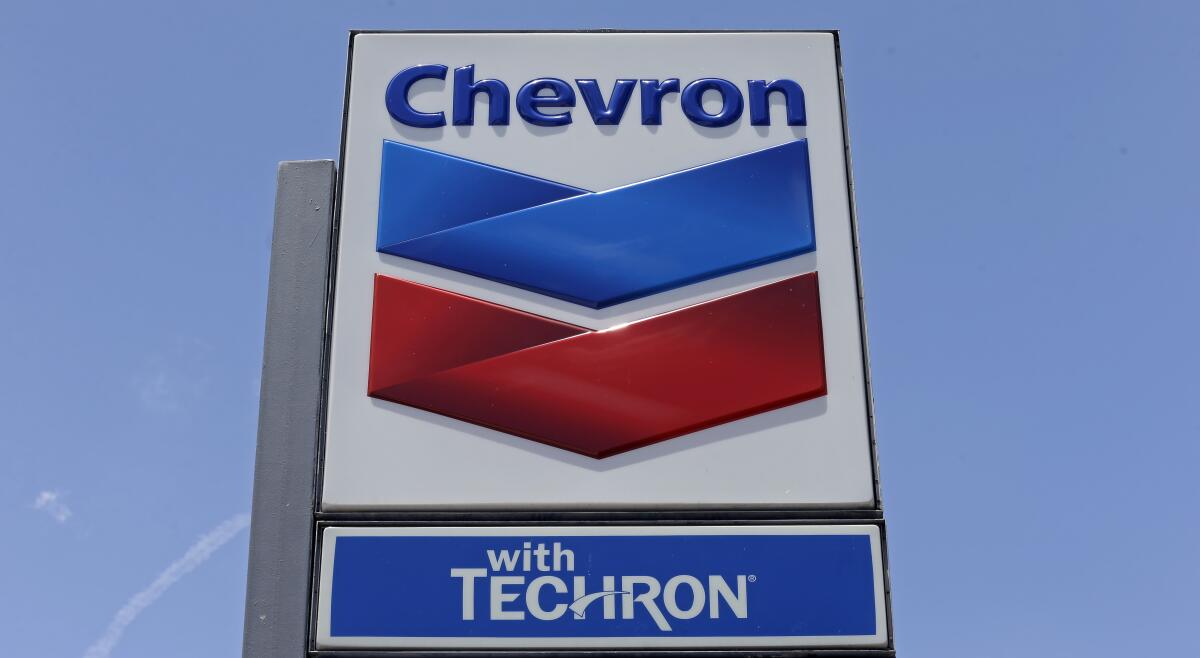
If you encounter any “news” stories overly favorable to Chevron Corp., you might want to stop and question where they came from. Times columnist Michael Hiltzik reports that the California-based oil giant is currently recruiting for a so-called “newsroom” that will “proactively tell our story” by creating “digital news articles, video scripts, newsletters, and social media posts.”
As Hiltzik writes, “What’s insidious about this is the blurring of the line between news and propaganda, vastly in favor of propaganda. What enables it is the shrinking of the news industry as once-robust newspapers, magazines and television news divisions become ever more underfunded and unable to give influential politicians and businesses a healthy dose of scrutiny.”
Want to support real journalism that holds the powerful accountable? Subscribe to the L.A. Times.
We’ll be back in your inbox next week. If you enjoyed this newsletter, please consider forwarding it to your friends and colleagues.




